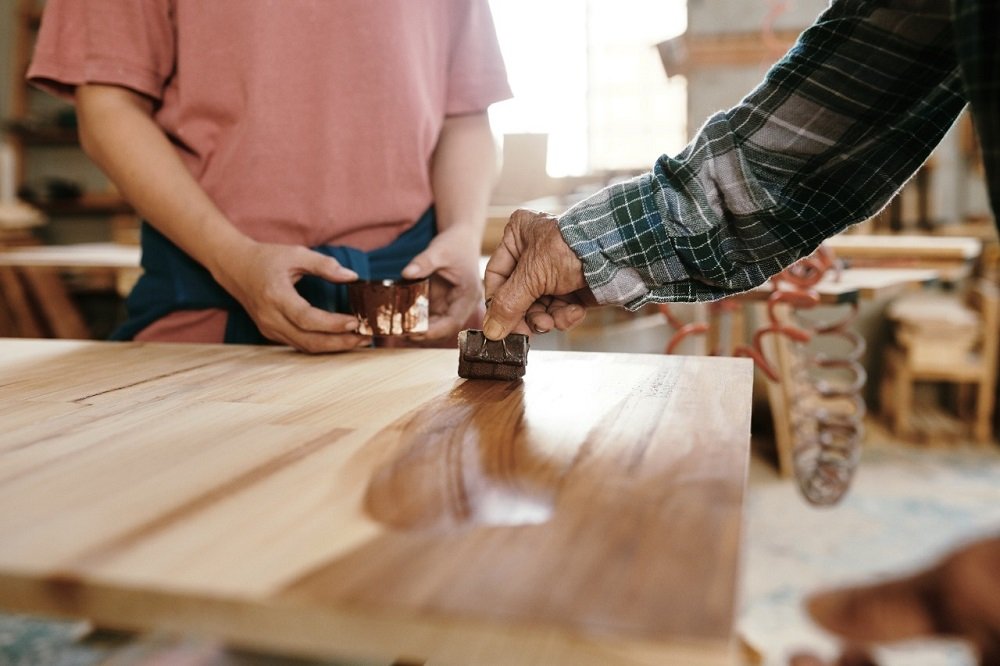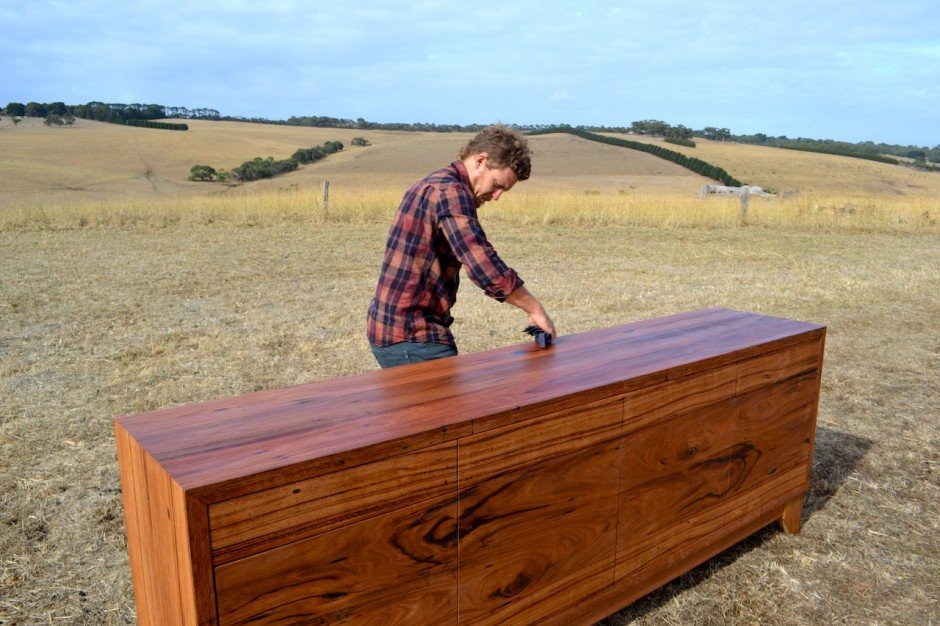
How to Care for Timber Furniture
Timber furniture is a timeless investment that brings warmth, character, and natural beauty to your space. Whether it’s a rustic dining table, a sleek oak sideboard, or a handcrafted bed frame, proper care is essential to maintain its appearance and durability over time. Thankfully, caring for timber furniture doesn’t have to be complicated—it just requires a few good habits and the right approach.
In this guide, you’ll learn how to care for timber furniture so it looks great and lasts for years to come.
Why Proper Care Matters
Timber, while sturdy, is a natural material that responds to its environment. Changes in temperature, humidity, and exposure to sunlight can all affect its shape, color, and integrity. Regular care helps to:
- Prevent cracking, warping, and splitting
- Protect the finish and wood grain
- Maintain a clean, attractive appearance
- Extend the life of your furniture
With a few simple steps, you can preserve both the look and function of your timber pieces.
Daily and Weekly Care Tips
1. Dust Regularly
Dust can settle into the grain of timber and dull its finish over time.
- Use a soft, lint-free cloth or microfiber duster
- Avoid dry dusting with rough cloths that could cause scratches
- Dust once or twice a week, especially on flat surfaces like tables and shelves
2. Wipe Up Spills Immediately
Liquids can seep into timber and cause staining or swelling.
- Use a slightly damp cloth to wipe spills right away
- Dry the area thoroughly with a clean, soft towel
- Avoid using harsh cleaning sprays or abrasive scrubbers
3. Use Coasters and Mats
Protect timber from heat, water rings, and stains by using:
- Coasters for mugs, glasses, and bottles
- Heat-resistant mats or trivets for hot dishes
- Tablecloths or placemats during meals or gatherings
These simple accessories prevent long-term damage.
Monthly and Seasonal Maintenance
1. Clean with the Right Products
About once a month, give your furniture a deeper clean using timber-safe cleaners.
- Choose a wood-specific cleaner or mild soap diluted in water
- Avoid all-purpose cleaners or anything containing ammonia or alcohol
- Test products on an inconspicuous spot first
Always follow up with a dry cloth to remove any moisture.
2. Condition with Oil or Wax
Timber furniture benefits from occasional conditioning, especially if it has an oil or wax finish.
- Use natural oils like linseed or Danish oil for oil-finished wood
- Apply a thin layer with a soft cloth, let it absorb, then buff with a clean cloth
- For wax finishes, apply a beeswax-based polish sparingly and polish to a soft sheen
Conditioning helps protect the wood and brings out its natural grain.
3. Rotate and Reposition
To prevent uneven fading or wear:
- Rotate items like lamps or vases regularly to avoid marks and discoloration
- Rearrange furniture if possible to even out exposure to sunlight or heavy use
- Use curtains or blinds to block harsh UV rays during the day

Avoiding Common Mistakes
Even with good intentions, certain habits can damage your timber furniture. Here’s what to avoid:
- Using too much water: Timber can absorb moisture and swell or crack. Always use a damp, not wet, cloth.
- Placing furniture near heaters or vents: Extreme heat and dry air can dry out the wood and cause it to warp.
- Dragging heavy items: This can scratch the surface. Always lift when moving items on timber surfaces.
- Direct sunlight for prolonged periods: This leads to fading and uneven color changes. Rotate pieces when possible.
Repairing Minor Damage
Despite best efforts, minor damage can happen. Fortunately, many small issues can be fixed at home.
- Scratches: Use a timber touch-up marker or apply a matching wax stick. For deeper scratches, lightly sand and re-oil.
- Water rings: Apply a paste of baking soda and water or rub gently with non-gel toothpaste, then wipe clean.
- Dull surfaces: Use a timber polish or reapply oil to refresh the finish.
If damage is extensive, consider calling a furniture restorer to preserve the value of your piece.
Special Care Based on Timber Type
Different wood types have slightly different needs:
- Hardwoods (oak, walnut, teak): More durable but benefit from regular oiling to keep their rich tone.
- Softwoods (pine, cedar): More prone to dents and scratches; handle gently and use protective pads underneath.
- Reclaimed wood: Often has an uneven texture—dust carefully and condition with oil to prevent drying out.
Check whether your furniture has a sealed, lacquered, oiled, or waxed finish, as this will determine the best care method.
Long-Term Storage and Protection
If you need to store timber furniture or protect it for extended periods:
- Wrap with breathable covers like cotton sheets (not plastic, which traps moisture)
- Store in a climate-controlled space with stable temperature and humidity
- Disassemble larger pieces (if possible) to prevent stress on joints
Avoid stacking heavy items on top to preserve the furniture’s shape and finish.
Final Thoughts
Learning how to care for timber furniture is one of the best ways to protect your investment. With a bit of routine maintenance, your pieces will continue to look beautiful, function well, and tell your home’s story for years to come. Whether you love the rustic charm of reclaimed wood or the sleek elegance of modern oak, your timber furniture will reward your attention with lasting appeal and natural charm.




